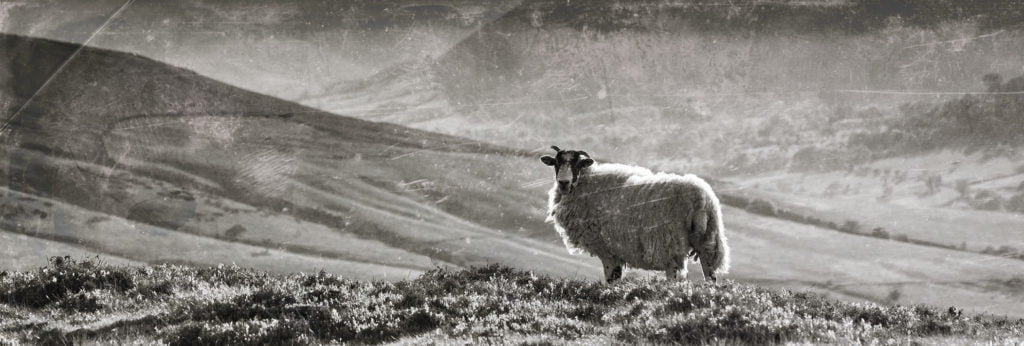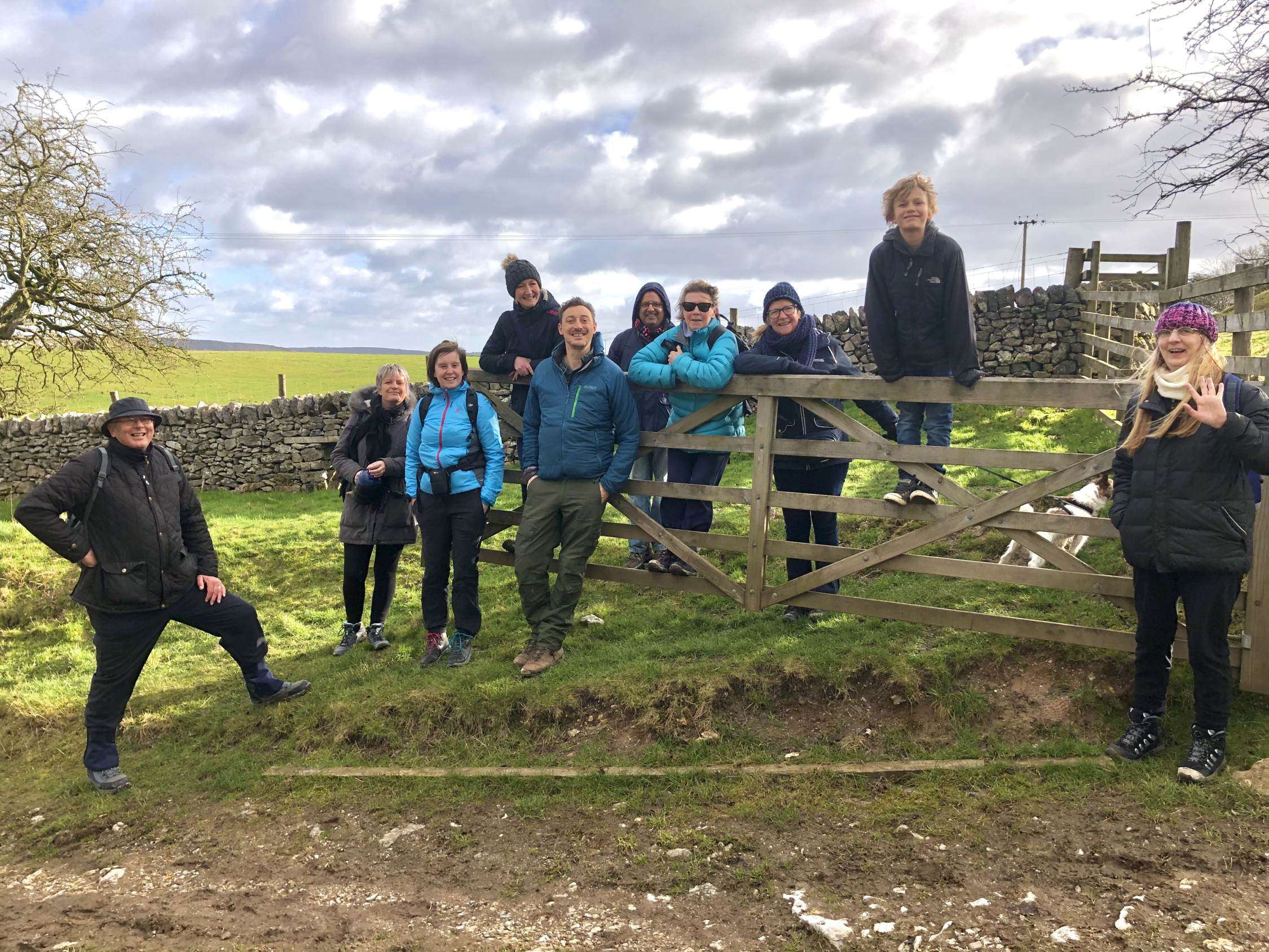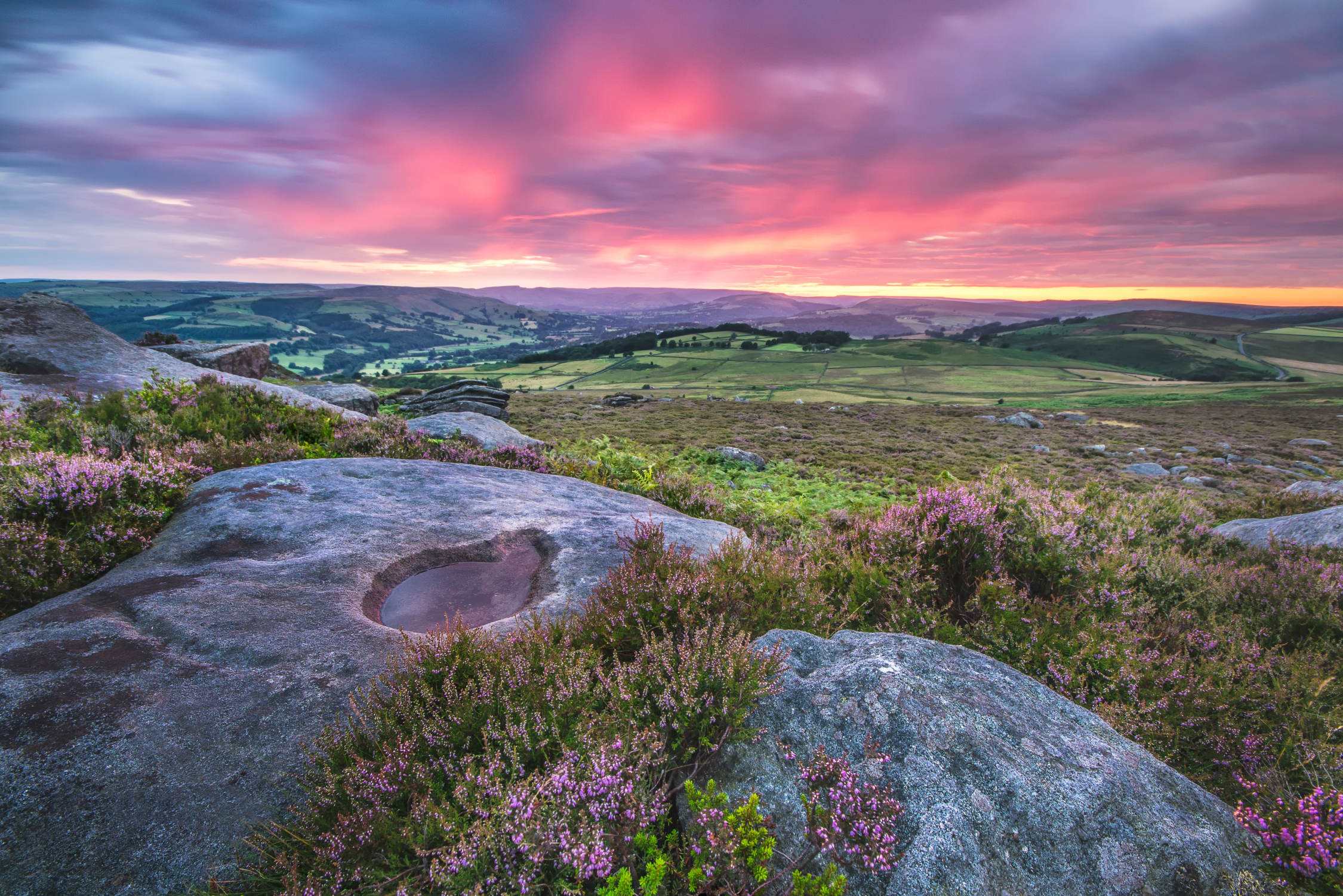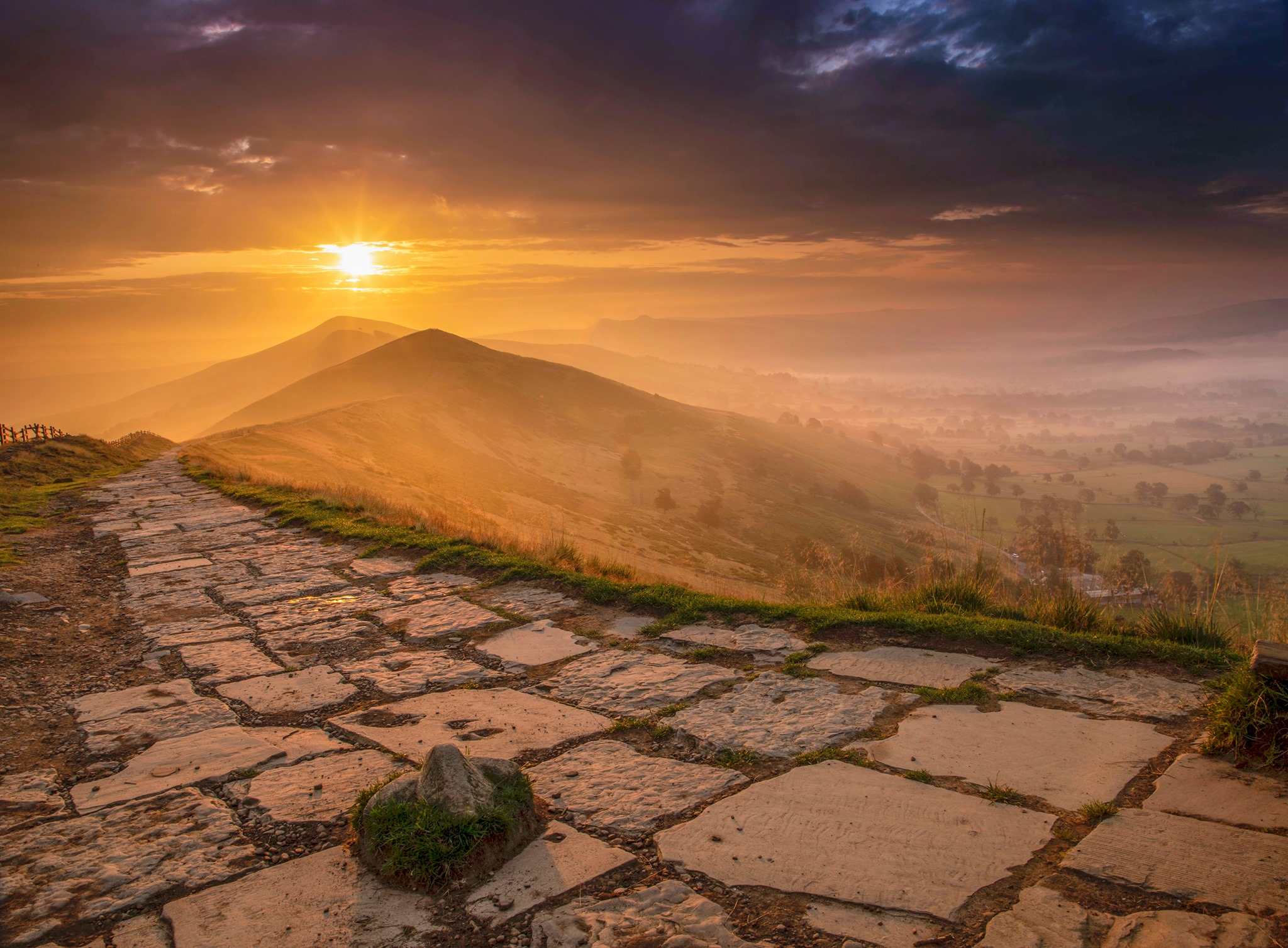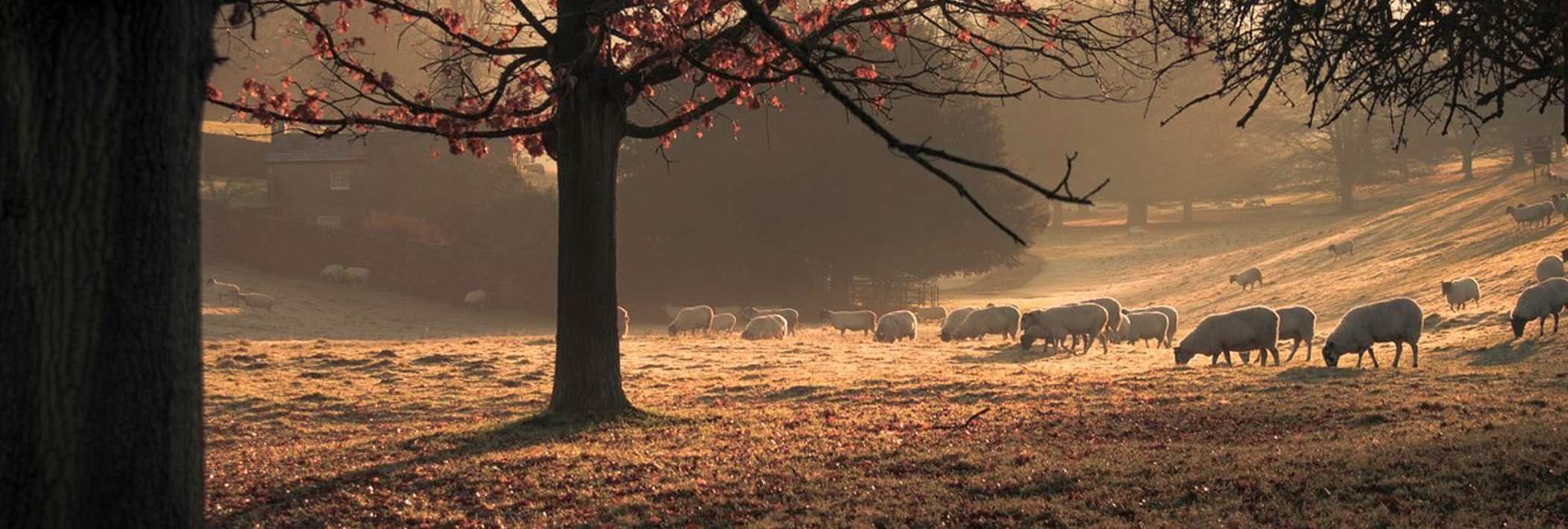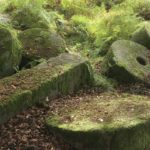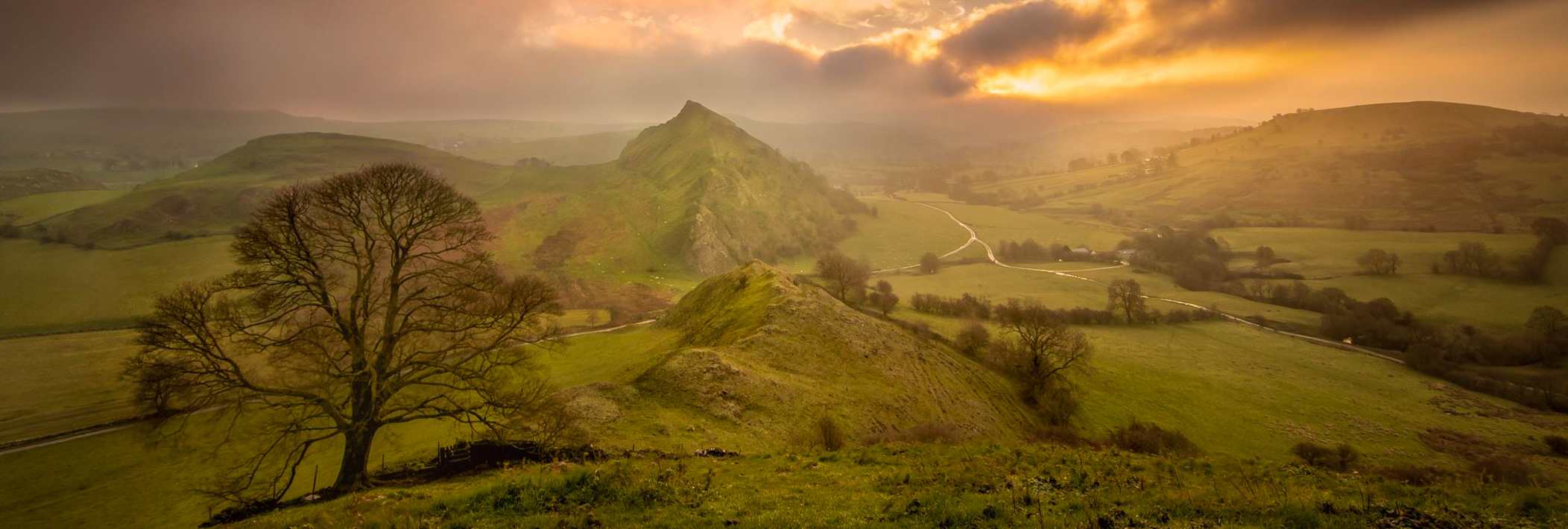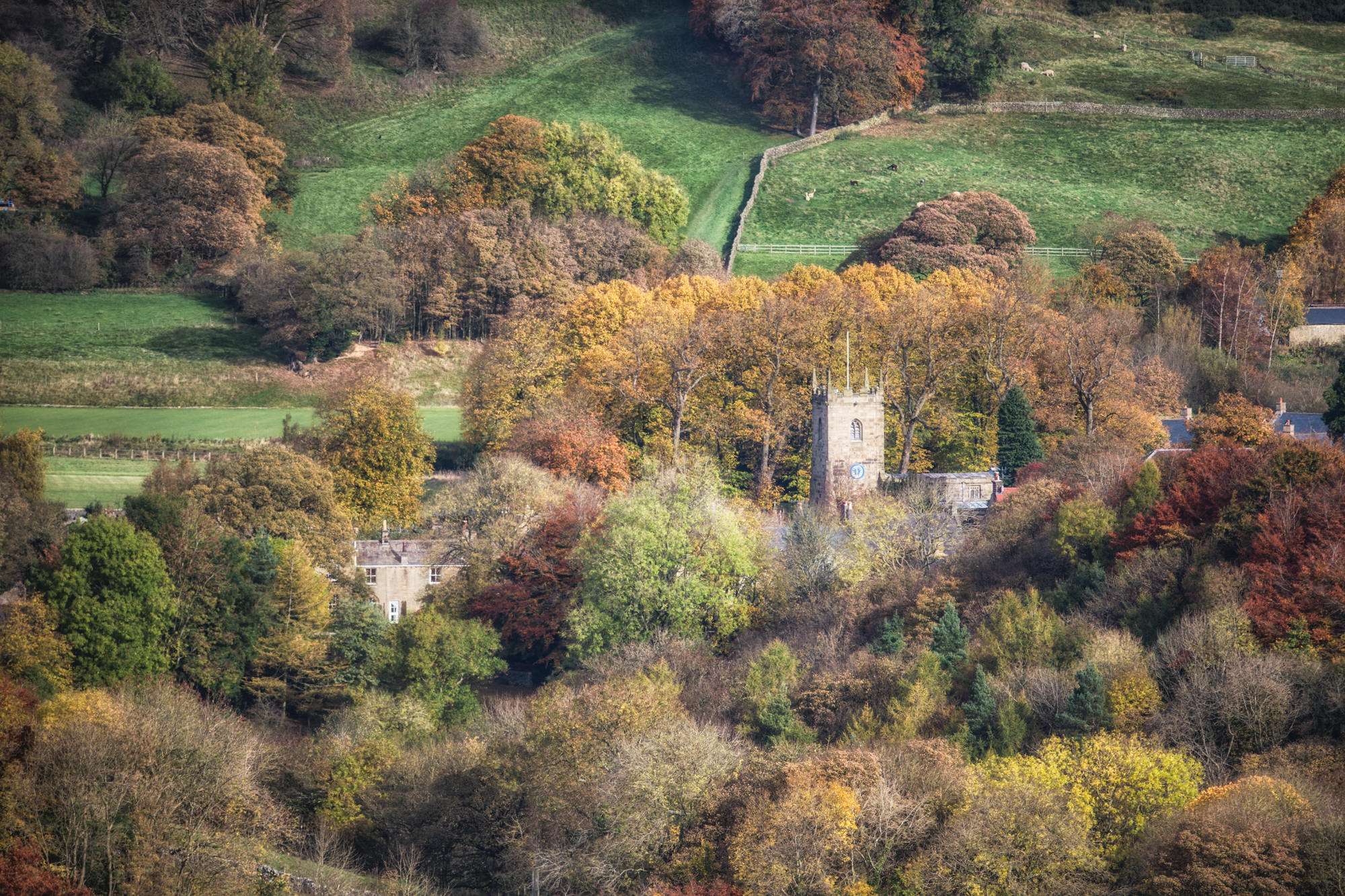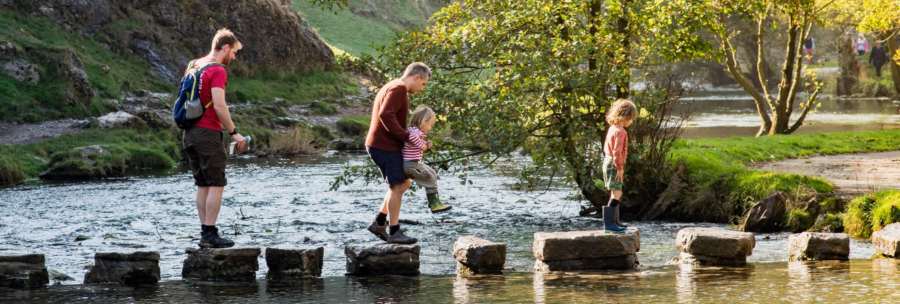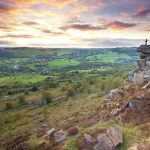The Peak District National Park Film – Archive Film (1954)
The Peak District National Park is the first of Britain’s 15 National Parks founded in 1951, and to be precise, on the day of 17th April 1951. This wonderful Peak District National Park film, from archive, came along in 1954, 3 years after its designation.
Much in this film is as true today as it was back then. Enjoy this journey into the past…
Peak District National Park Film – BFI Mediatheques
Peak District National Park Film Transcription
Dirt, smoke, the industry of the North Midlands and all that goes with it.
Where this is muck there’s brass
Bellowing pottery ovens, blind belching chimneys, coal pits, steel works, an ant hill of human effort where children in their simple joyous zest for life often scramble over slag tips and broken walls to play.
It has been called a desolation of bricks and mortar, yet, just beyond it you will find… The Peak District.
From the cities and towns around, they come from Leicester, Derby, Nottingham, Sheffield, and Manchester to a welcome oasis, a back garden which is common to them all.
To many it remains a green thought, or perhaps to others it is some fresh enchanted island set in a murky but important sea of Commerce.
The calm centre of England, waiting invitingly within a 60-mile reach of half the population of England and Wales.

Every weekend, train and coach bring those who’s jangled nerves need quiet. Some who’s spirits seek beauty and peace, and the young folk who come to this, the first of the many National Parks to find fresh air and activity.
Some have brought their bicycles, but others will go out to meet the challenge of the sharp hills on foot.
The dry stone walls crawl like serpents up and down behind the grey villages adding a firm geometrical pattern to slope, so much greener than in the South.
Hikers setting out from Edale are at the start of the Pennine Way, they could if they wished walk to the Cheviots on the Scottish Border and see practically nothing of town or village.
But, don’t go looking for one dominant peak in the Peak District because the name comes from the Pecsaetan, the ancient Saxon inhabitants who used to live here.
But, what you will find rather, are flat tops of black peat, blue shadows couched in the moulded crevices of hills, bold rocky outcrops under the sky.
The small holdings on the granite slopes offer but poor farming, hens, small herds of cattle, whatever breed the farmer fancies.
Different indeed is the scene at Ashford-in-the-Water in these lusher dale’s, water is never far off, nor the beauty born of murmuring sound, the Sheep Wash Bridge on the bank of the River Wye, they bring down the moorland sheep.
The towns lie folded in bleak hill country, and Buxton is the highest market town in England. Buxton can be cold but it’s solid grit stone walls are warm, and retain something of the spacious dignity of the 18th century spa and pleasure town.
Surely it’s jewel is the Crescent, so calm, classical, the pet fancy of the fifth Duke of Devonshire, here we can alight in the shadow of its pale curve, to relax in the ornamental gardens, but other towns have things to offer, Matlock in its deep gorge possesses cavens petrifying springs, plenty of tea shops and its own circle of devoted admirers.
In Ashbourne, the Grammar School imparts a much more old-time atmosphere. Here Dr. Johnson came with Boswell to stay with the headmaster, great names second only to that of the original Royal Patron herself (Queen of England 1585 – Queen Elizabeth I)
Source: Peak District National Park Film archive BFI Mediatheques
Peak District National Park Facts and Figures
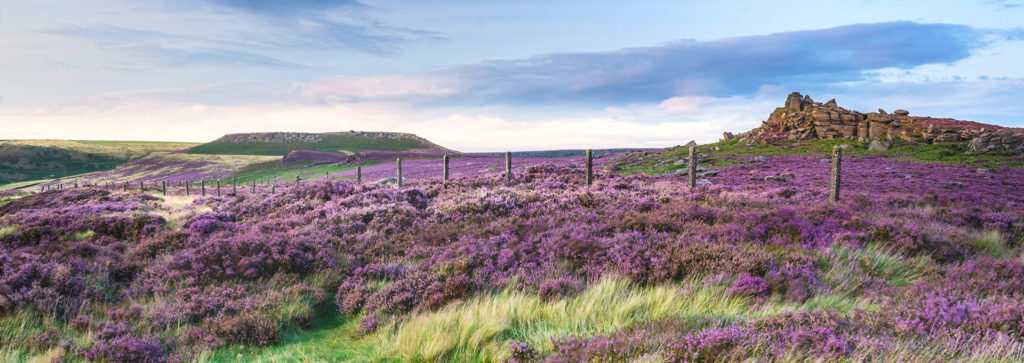
Source: Peak District National Park Authority
- The Peak District National Park is the first of Britain’s 15 national parks as it was founded in 1951, and to be precise 17th April 1951.
- The Peak District National Park covers an area of 555 sq miles (1,438 sq km) in the centre of England.
- The Peak District reaches into five counties: Derbyshire, Cheshire, Staffordshire, Yorkshire, Greater Manchester. It is the most accessible National Park – close to Manchester, Sheffield, Derby, Nottingham.
- Resident population: ~38,000.
- The Peak District has 13.25 million visitors every year (STEAM, 2018) and is one of the most popular national parks in the UK.
- An estimated 20 million people live within one hour’s journey of the Peak District. More than 50 million people live within four hours’ journey.
- It has 1,600 miles of public rights of way (footpaths, bridleways and tracks) including 64 miles accessible to disabled people.
- The Peak District has 65 miles of off-road dedicated cycling and walking trails and 34 miles of disused railways: High Peak Trail, Tissington Trail and Monsal Trail, with cycle-hire centres at Ashbourne, Parsley Hay, Derwent Valley and Middleton Top.
- The starting point at the southern end of the Pennine Way, Britain’s oldest long-distance National walking trail, is at Edale in the Peak District National Park. Completed in 1965, it stretches 268 miles from the Nag’s Head pub in Edale to the Border Hotel, Kirk Yetholm, Scotland.
- Around 202 sq miles is open access land – open to walkers without having to stick to paths – www.peakdistrict.gov.uk/visiting/crow
- The Peak District has impressive gritstone edges (the Dark Peak); steep limestone dales (the White Peak); 196 sq miles of moorland; rolling hills and farmland (South West Peak). Caverns famed for rare Blue John stone, 5,440 miles of dry stone wall, 55 reservoirs supplying 450 million litres of water a day.
- Peak District average rainfall 1025mm a year (Eng/Wales av. 985mm), sunshine 3.9 hours a day (Eng/Wales av. 4.3), average temperature 10.3ºC (Eng/Wales 10.3ºC).
- The name ‘Peak’ does not relate to mountains (there are none) – it is thought to derive from the Pecsaetan, an Anglo-Saxon tribe who settled the area.
- Highest point: Kinder Scout, 636 metres (2086 ft)
- Tallest cave: Titan Shaft, Castleton, 141.5metres (464 ft). Taller than the London Eye, it is the largest known shaft of any cave in the British Isles, discovered Jan 1st 1999 by local cavers.
- Town: Bakewell. Market town dating from medieval times, home to one of the UK’s most important agricultural markets, famous for Bakewell puddings (flaky pastry base, moist almond and jam filling, said to be invented by lucky mistake by an 18th century kitchen maid). Close to stately homes of Chatsworth and Haddon Hall.
- Villages of interest include Castleton (famous for caverns, “shivering mountain” of Mam Tor, Winnats Pass, Peveril Castle), Eyam (“plague village”), Hathersage (reputed grave-site of Robin Hood’s friend Little John), Tideswell (14th century “cathedral of the Peak”), Ilam (Swiss-style architecture), Ashford-in-the-Water (classic English riverside village), Tissington (Tissington Hall & close to Tissington Trail), Great Hucklow (gliding club & Christmas lights).
- Most popular leisure activities: walking, climbing (world-class climbers train here), cycling, mountain-biking, caving, angling, photography, nature-watching, gliding, visiting historic houses, country pubs and tearooms.
- Main industries: tourism, quarrying, farming, manufacturing.
- Nearly 90 per cent of the National Park is farmland (around 1,800 farms).
- Has 70 active and disused quarry sites – more than all other UK national parks put together. This is due to centuries of mineral extraction, abundance of sought-after stone and central location. Only a minority of sites are now active. Some are very large (eg: Hope Cement Works, Tunstead, Ballidon), some small to provide traditional building stone. Modern conditions require sites to be restored.
- More than a third of the national park (35%) is designated as Sites of Special Scientific Interest (SSSI) where important plants, wildlife and geological formations should be conserved. Most are privately-owned though often publicly-accessible.
- Listed buildings: 2,900, including world-renowned Chatsworth, medieval Haddon Hall, Peveril Castle (Norman), centuries-old farm-buildings, cottages and Bakewell’s medieval bridge, crossed by traffic every day.
- Conservation areas: 109 – often in the heart of a village, specially protected for its character, architecture, history and landscape.
- Scheduled historic monuments: more than 450, including Nine Ladies Stone Circle (Bronze Age) on Stanton Moor, Neolithic henge at Arbor Low.
- Distinctive custom: well dressing – originally a pagan ceremony to honour water gods, now a summer tradition in dozens of villages. Week by week, different villages decorate their wells or springs with natural, ephemeral pictures made of flowers, petals, seeds, twigs, nuts and berries, pressed into soft clay held in wooden frames. Well dressing weeks also include carnivals and streets decorated with bunting.
- Film, TV and literary locations: Chatsworth (Pride and Prejudice), Haddon Hall (Jane Eyre, Pride and Prejudice, Elizabeth, Henry VIII, Moll Flanders), Lyme Hall (Pride and Prejudice), North Lees Hall (Jane Eyre, Pride and Prejudice, The Other Boleyn Girl).
Peak District National Park Film Archive
we hope you enjoyed watching this feature!
